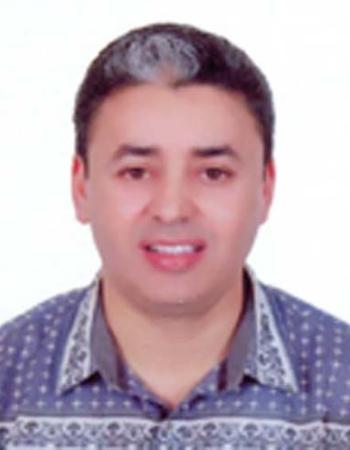Is chloroquine making a comeback?
Altayalan, Muheet Alam Saifi, Tanveer Beg, Abdul Halim Harrath and Fahad Suleman Hamad . 2012
Malaria remains one of the leading causes of disease and death in the tropics, mainly of children under 5 years of age. Chloroquine began as a first-line antimalarial in 1946; it became the corner stone of antimalarial chemotherapy for the next 40 years. It is one of the least expensive antimalarials available and is still in widespread use. Chloroquine can be taken both as prophylactic and as a treatment. For decades, chloroquine was a remarkably effective, safe, and inexpensive antimalarial. Optimism about effectiveness of chloroquine led public health professionals to predict the eradication of malaria by 2000. Despite much research during the last 40 years, the exact mechanism by which the chloroquine kills the malaria parasite remains controversial. Biochemical analyses suggest that this class of compounds enter acidic vacuoles of host cells, where they inhibit the growth of parasites by forming a complex with haematin. Unfortunately, Plasmodium falciparum gradually became resistant to chloroquine. After first appearing in Southeast Asia and South America in the late 1950s, resistance spread throughout Africa by the 1980s. Resistance to chloroquine was slow to develop, taking almost 20 years, despite extensive use of the drug, suggesting that mutations in several genes were required to produce the resistance phenotype. The mechanism of chloroquine resistance also is uncertain. Similar to the artemisinin derivatives, prospects for long-term chloroquine efficacy will be enhanced if it can be used in combination, such as chloroquine-azithromycin. With the right dosage and combination, the prospects for a chloroquine comeback are good.

There may be regional specialisation in structure and function across the placental surface. In Riyadh, Saudi Arabia, the length and the breadth of the placental surface at birth were highly…

Toxicity of nanoparticles depends on many factors including size, shape, chemical composition, surface area and surface charge. Silver nanoparticles (AgNPs) are likely to enter the aquatic…

Boswellia papyrifera and Boswellia carterii diffuses smoke polluting air that adversely affects indoor environment that certainly harm human health. Therefore, this study aims at…

